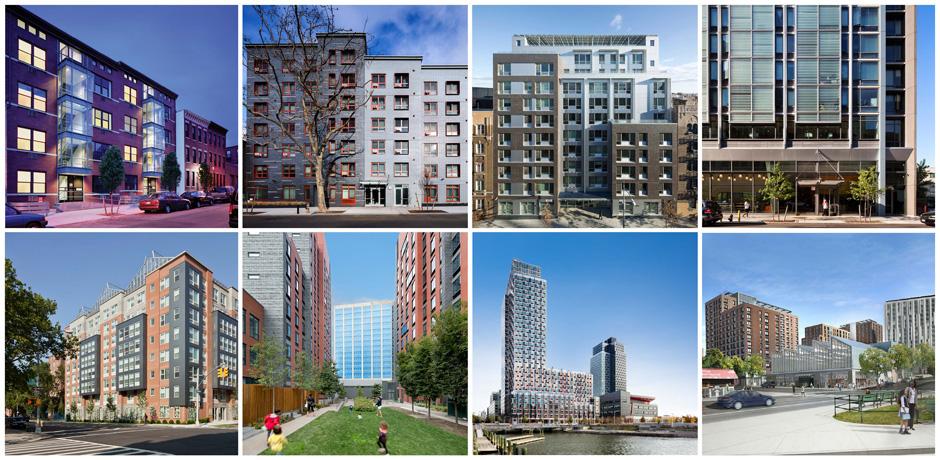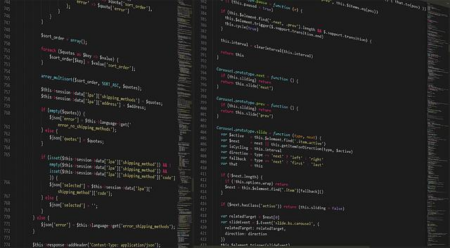Addressing New York City’s Housing Crisis: A Call for Bold Expansion and Inclusive Growth
Understanding the Complexities of Housing Affordability in NYC’s Dynamic Environment
New York City’s housing market is grappling with a web of challenges that threaten to stall progress toward affordability, despite ambitious construction goals. The city’s surging population, limited available land, and intricate regulatory frameworks have collectively driven up development expenses, placing strain on both builders and renters. Moreover, recent spikes in material costs and a shortage of skilled labor have exacerbated delays and inflated prices, making affordable housing increasingly elusive for many residents.
Additional obstacles include:
- Lengthy approval processes that extend project completion times
- Community resistance to high-density developments, often fueled by concerns over neighborhood character
- Restrictive zoning laws that limit the potential for new construction
- Insufficient funding streams to support large-scale affordable housing initiatives
Overcoming these hurdles demands innovative strategies and unwavering political resolve to ensure New York retains its cultural richness and economic diversity.
| Issue | Effect | Proposed Remedies |
|---|---|---|
| Escalating Construction Expenses | Project Delays and Increased Costs | Simplified Permitting, Group Procurement |
| Neighborhood Opposition | Halted or Scaled-Back Projects | Community Engagement and Incentive Programs |
| Zoning Constraints | Limited Building Density | Zoning Overhaul and Upzoning Initiatives |
| Insufficient Funding | Interrupted Construction Timelines | Collaborations Between Public and Private Sectors |
Policy Overhaul: Unlocking New Opportunities for Housing Growth
Resolving New York City’s persistent housing shortage requires more than just setting lofty construction targets; it calls for a comprehensive reform of the policies that have historically impeded development. Complex land-use rules, restrictive zoning, and drawn-out approval procedures often act as significant bottlenecks, preventing timely responses to housing demand. Reforming these frameworks is vital to unleashing the city’s capacity to build more homes and ease the affordability crunch.
Key policy priorities should include:
- Loosening stringent zoning codes to permit greater housing density
- Cutting bureaucratic delays to speed up project approvals
- Offering incentives to developers who prioritize affordable housing
- Encouraging the conversion of underutilized commercial properties into residential units
When paired with transparent, inclusive planning processes that actively involve community stakeholders, these reforms can pave the way for a steady increase in housing availability, benefiting residents across all income brackets.
Harnessing Innovation to Expedite Housing Construction
In response to mounting housing demands, New York City is embracing advanced construction technologies that accelerate building timelines while maintaining high standards. Techniques such as prefabrication and modular construction enable entire apartment buildings to be assembled in a fraction of the traditional timeframe, often within months rather than years. These methods also reduce labor expenses and material waste, addressing both economic and environmental challenges.
Emerging technologies like 3D printing are beginning to revolutionize affordable housing by allowing rapid, precise fabrication of structural components with minimal resource consumption.
Additionally, the adoption of data-driven project management tools, including Building Information Modeling (BIM), fosters seamless collaboration among architects, engineers, and contractors. This integration helps mitigate risks of delays and budget overruns by optimizing scheduling and resource allocation.
| Construction Method | Typical Duration | Environmental Footprint | Cost Effectiveness |
|---|---|---|---|
| Conventional Building | 18 to 24 months | Moderate | Standard |
| Modular Assembly | 6 to 9 months | Low | High |
| 3D Printing | 4 to 6 months | Minimal | Developing |
- Prefabrication: Off-site construction accelerates timelines and reduces disruptions at building sites.
- Data Analytics: Enhances project scheduling and resource distribution for smoother execution.
- Eco-Friendly Materials: Incorporating sustainable resources supports long-term affordability and environmental stewardship.
Fostering Inclusive Development Through Community Collaboration
For New York City’s housing expansion to be truly sustainable and just, it must be rooted in meaningful engagement with the communities it affects most. Genuine participation goes beyond formal hearings; it requires transparent dialogue, culturally aware communication, and a sincere commitment to addressing residents’ concerns. When local voices help shape development plans, the results better align with neighborhood values—such as preserving cultural identity, boosting affordable housing availability, and enhancing access to public services.
Essential elements for equitable growth include:
- Inclusive workshops that amplify marginalized perspectives
- Collaborations with grassroots organizations to facilitate outreach and support
- Strategic investments in infrastructure improvements that complement housing increases
- Policies that mandate or incentivize affordable units within new projects
| Community Input | Resulting Development Feature |
|---|---|
| Emphasis on Affordable Housing | Inclusion of 30% Affordable Units |
| Demand for Green Spaces | Creation of New Community Gardens and Pocket Parks |
| Improved Transit Access | Enhanced Bus Routes and Bicycle Infrastructure |
Final Thoughts: Prioritizing Housing to Secure NYC’s Future
As New York City continues to evolve, the imperative to dramatically increase its housing stock remains unchanged. Tackling the affordability crisis demands a unified effort from government leaders, developers, and community members. Without bold, coordinated action to construct unprecedented numbers of homes, the city risks deepening socioeconomic divides and displacing countless residents. The solution is clear: elevate housing development as a top priority to foster a more inclusive, affordable, and vibrant New York for generations to come.













